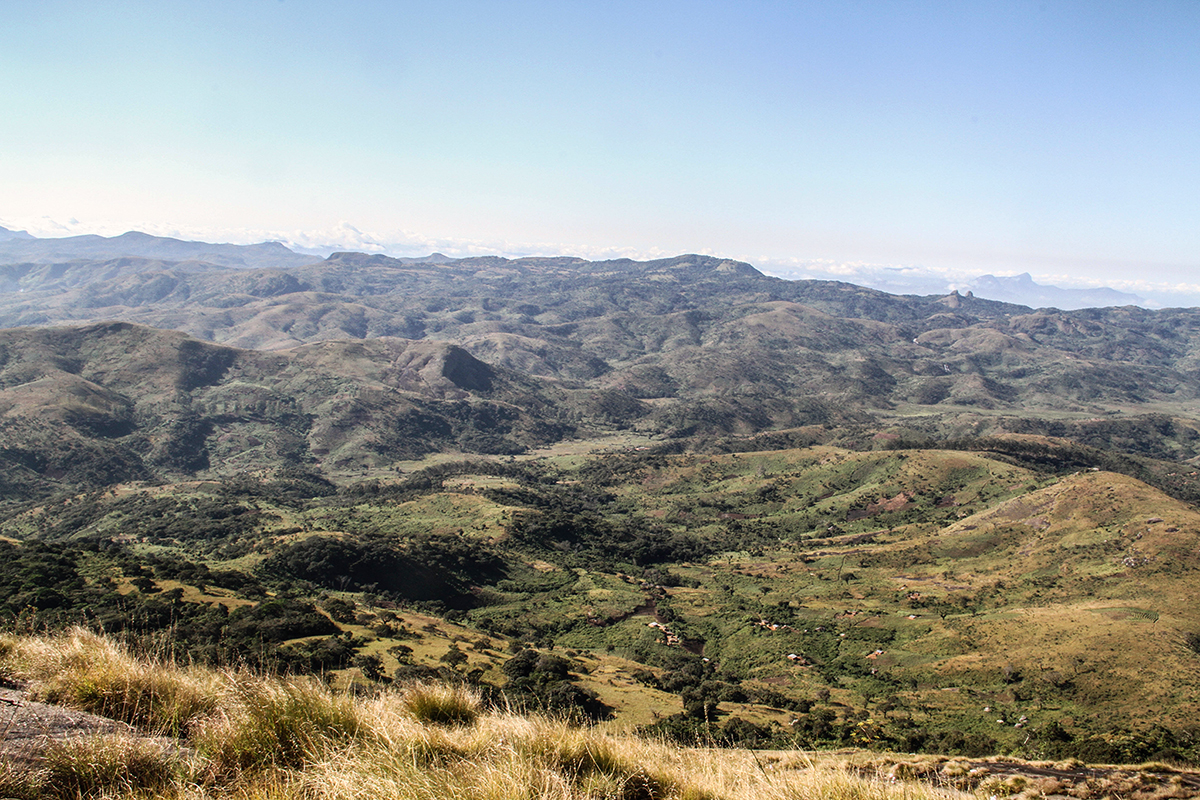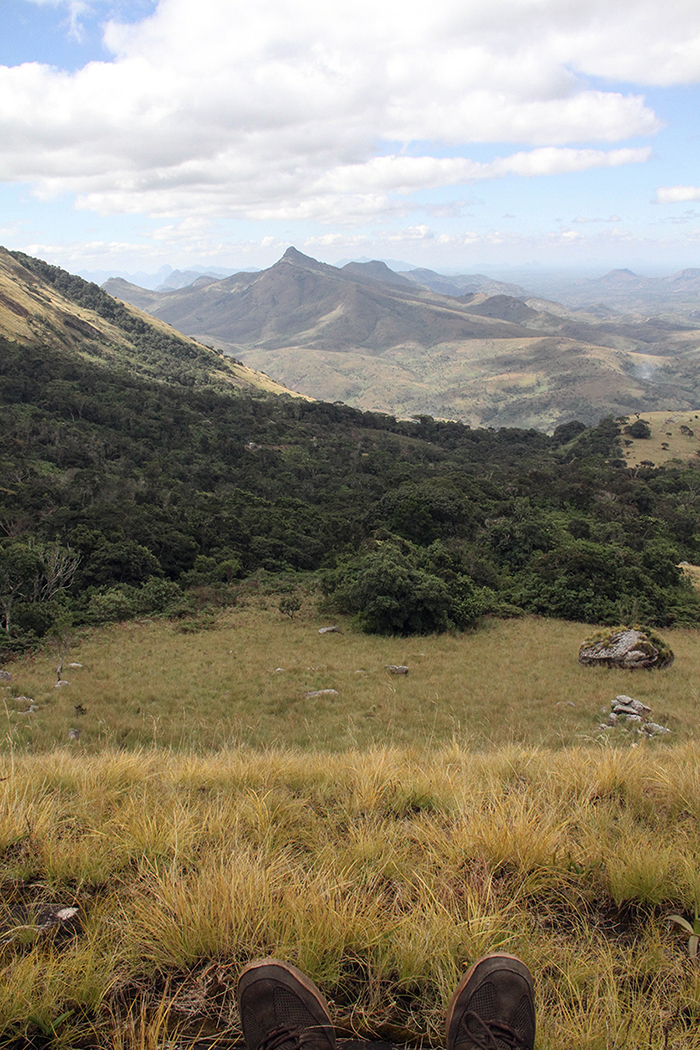
In a new study, Swedish, US and UK researchers show that it is difficult to compare different areas with each other in terms of their value in conserving biodiversity. Additionally, the areas now set aside to protect biodiversity provide insufficient protection to achieve the most basic level of long-term conservation of biodiversity.
This new research is published in the scientific journal Nature Communications.
“Our research has focused on an important but often ignored aspect of conservation: identifying areas with high unique biodiversity that cannot be found anywhere else. These areas differ from the areas which simply have high biological diversity,” says the study’s senior author Søren Faurby at the Gothenburg Global Biodiversity Centre (GGBC) at the University of Gothenburg.
The researchers analysed the diversity of birds and amphibians (frogs and toads) and studied the biodiversity of these globally using different methods and based on different analytical assumptions. In these analyses, species were weighted more if they were only found in small areas.
“For example, the Galapagos Islands do not have very high biodiversity. But they are unique and important to conserve since the species we find there often are not found anywhere else.”
Natural areas vary in importance for conservation efforts. But identifying the areas that are most important,  known as hot spots, can be a challenge. According to the researchers, these areas vary, and there are several assumptions behind the definition.
known as hot spots, can be a challenge. According to the researchers, these areas vary, and there are several assumptions behind the definition.
Some analyses gave species greater weight if there were few living relatives compared with if there were a large number of related species. Of the areas with the highest total biodiversity in these analyses, five per cent were defined as hotspots.
The research team found that only a fourth of the identified hotspot areas are protected in the form of national parks, and that protection rarely covers more than 10 per cent of the area.
The research team found that only a fourth of the identified hotspot areas had more than 10 % of their area protected e.g. in the form of national parks.
“We may not be sure of exactly what areas are most important to protect. But one thing we do know for certain is that we do not protect enough of the Earth’s hotspots, and we need to expand the protected areas,” says Søren Faurby.
Link to the article in Nature Communications (https://www.nature.com/articles/s41467-020-15921-6)
Photo of Mount Namuli, photographer Harith Farooq.
Contact: Søren Faurby, postdoctoral research fellow at the Department of Biological and Environmental Sciences, University of Gothenburg, e-mail: soren.faurby@bioenv.gu.se, mobile: +46-(0)73-642 24 82